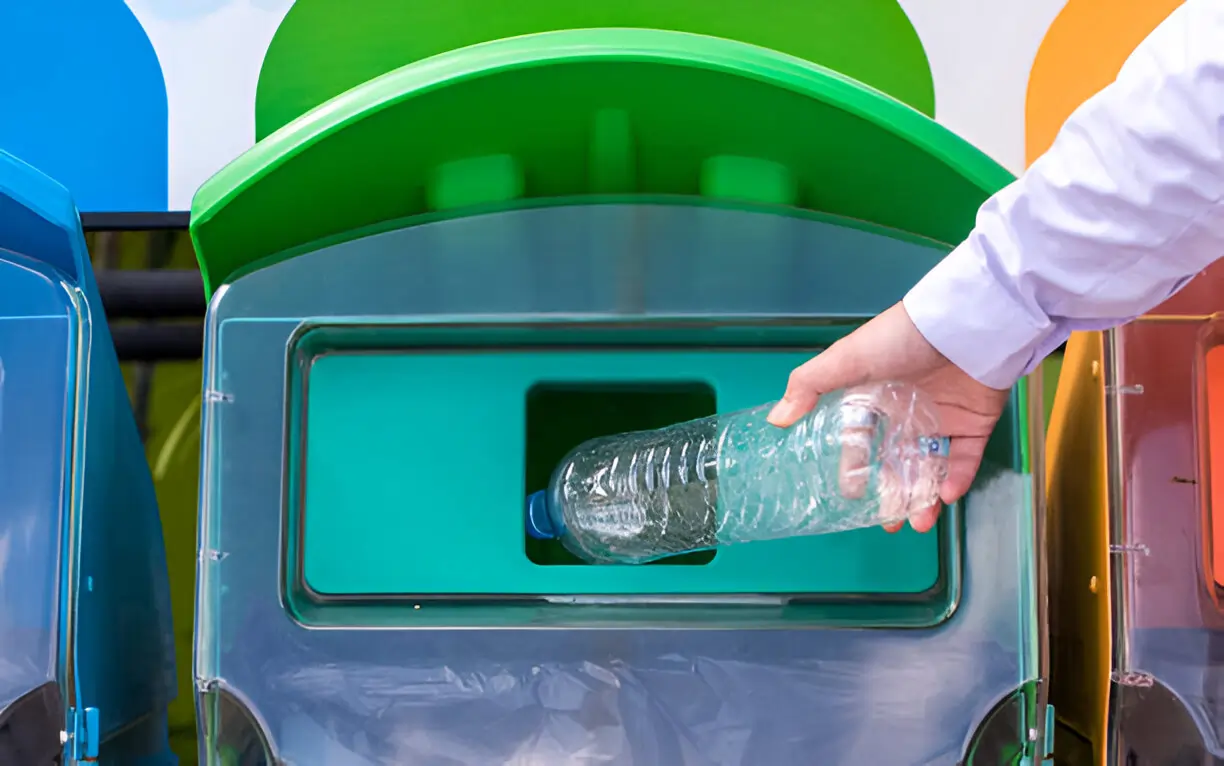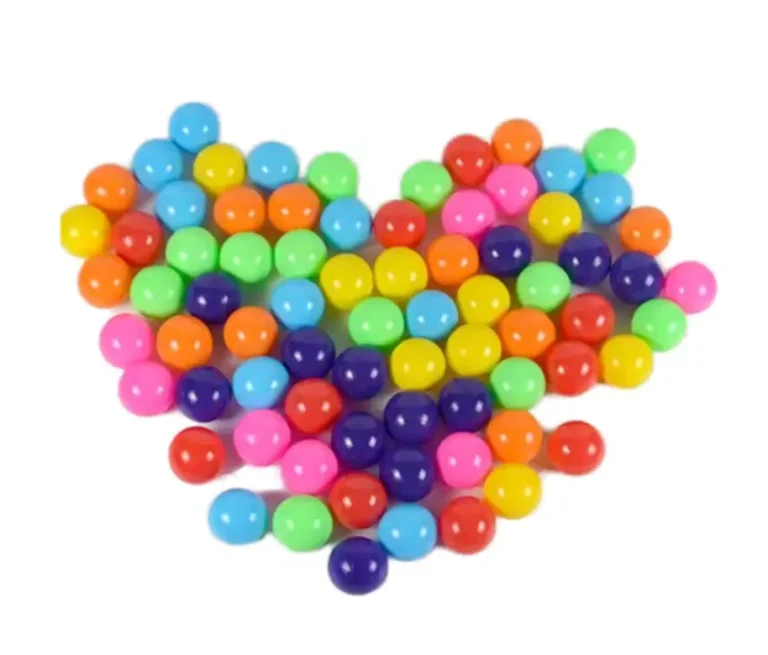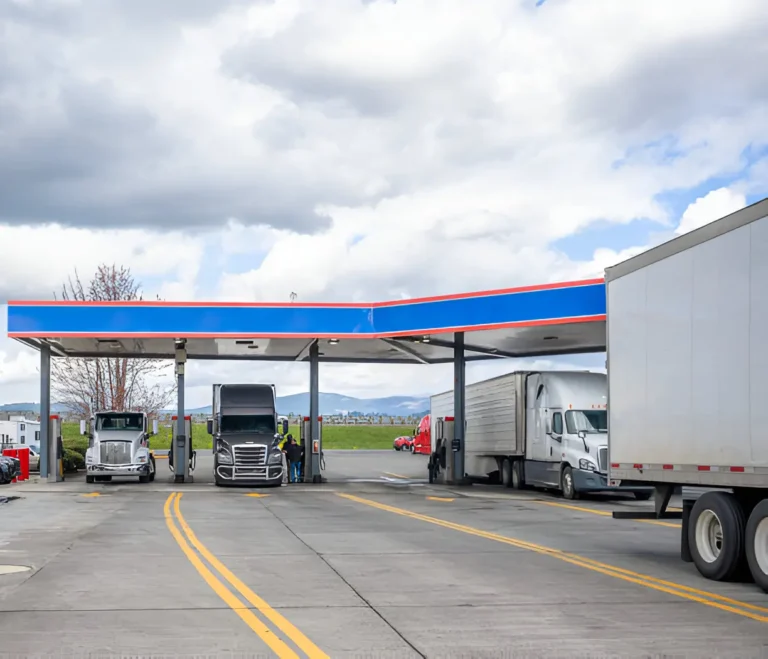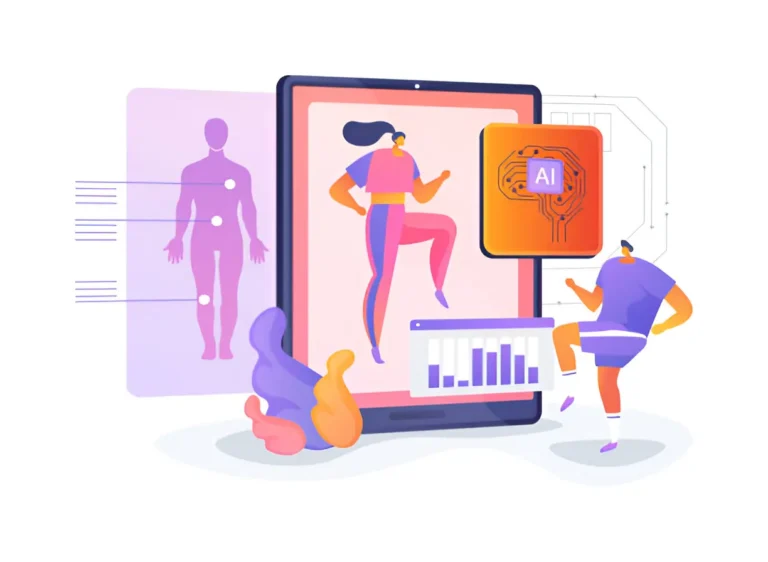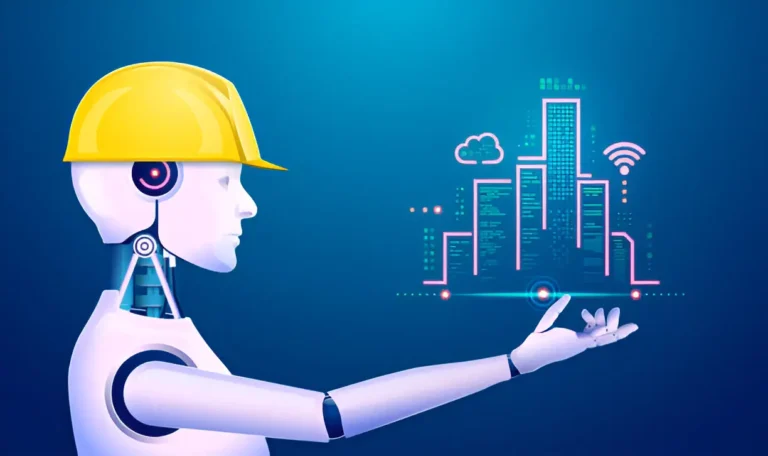Ditch the Plastic: How Refillable Stations Cut Waste
We’ve all seen it—park benches littered with empty plastic bottles, beaches dotted with single-use waste, and recycling bins overflowing with containers that may or may not end up recycled. While public awareness of plastic pollution has increased, the actual consumption of disposable plastic continues at alarming rates. But a quiet shift is happening in cities, campuses, festivals, and workplaces. It’s not a new app or a miracle polymer—it’s the rise of the portable water bottle filling station.
These stations may not seem revolutionary at first glance. After all, they’re just water dispensers, right? But when placed in high-traffic areas, used consistently, and supported by community initiatives, they create a ripple effect that dramatically reduces plastic waste.
From tackling microplastics to reshaping consumer habits, refillable water stations are doing more than quenching thirst—they’re disrupting the global waste economy. This article explores how, where, and why these stations are making such a significant environmental impact.
1. The Plastic Bottle Problem Isn’t Going Away—Unless We Change How We Drink
It’s hard to overstate just how big the plastic problem is. Globally, we produce over 500 billion plastic bottles each year. That’s about 1 million bottles every minute. While some of these are recycled, the vast majority end up in landfills, incinerators, or scattered across the environment.
Here’s where the numbers get more disturbing:
- A single plastic bottle can take 450 years to degrade.
- Microplastics have now been found in air, food, and human bloodstreams.
- Bottled water has a carbon footprint 2,000 times higher than tap water.
The bottled water industry thrives on convenience. When people are away from home—walking through a city, attending a festival, working on a construction site—they often reach for the quickest option. And plastic bottles are almost always available.
That’s what makes refillable water stations such a game-changer. They insert convenient, sustainable alternatives into the exact environments where people would normally buy bottled water. By placing a portable station right where it’s needed, communities can intercept waste before it’s even created.
2. Refillable Doesn’t Mean Inconvenient—It Means Empowering
One of the most common myths about sustainable behavior is that it’s inconvenient. People assume that reusing means extra effort—carrying bottles, finding taps, waiting in line. But when portable water stations are thoughtfully placed, they often become the easiest and fastest option available.
Modern refill stations aren’t just glorified garden hoses. They’re engineered with:
- Multiple nozzles to accommodate groups
- High-flow spouts for quick refills
- Hands-free or sensor-operated systems
- Chillers and filters for improved water quality
- ADA-compliant heights and accessibility
They’re designed to be fast, clean, and intuitive. At events like music festivals, sports tournaments, or community runs, refilling a bottle at a station is often faster than buying bottled water from a vendor.
Even in cities or schools, stations placed near entrances, gyms, or cafeterias see massive daily usage—often saving thousands of bottles per week. When users have a seamless experience, they don’t feel like they’re sacrificing convenience for sustainability. In fact, they feel empowered. That emotional shift—from obligation to empowerment—is what drives long-term behavior change.
3. More Than a Utility: Water Stations as Educational Tools
There’s another layer to the refill station movement that often goes overlooked: awareness. These stations don’t just offer water; they offer a message. Many come with branding or signage that communicates:
- How many bottles have been saved
- The environmental cost of single-use plastic
- Encouragement to “bring your own bottle”
- QR codes linking to local sustainability campaigns
In schools, stations often include visual counters or “bottle saved” trackers—giving students a sense of collective impact. In corporate settings, they can reflect a company’s ESG (Environmental, Social, and Governance) goals. At festivals, they might be tied to a broader green initiative or zero-waste pledge.
This subtle messaging matters. It creates a connection between the act of refilling and the impact of reducing waste. Over time, this reinforcement helps shift social norms. What starts as a personal decision (“I’m going to refill”) becomes a shared value (“We all refill here”).
Compare that to a vending machine quietly dispensing 500ml bottles all day—no message, no accountability, no change in mindset.
4. Portability Is Key: Making Water Access Flexible and Fair
One of the major advantages of portable water bottle filling stations is right in the name: portability. Unlike built-in drinking fountains or fixed infrastructure, these units can be deployed wherever they’re needed—and moved as those needs change.
This makes them uniquely suited to:
- Outdoor festivals and concerts
- Disaster relief and emergency sites
- School field days and sporting events
- Construction zones or pop-up work sites
- Public parks during peak season
By adapting to the moment, portable refill stations help democratize access to clean water. In doing so, they eliminate the built-in privilege of bottled water—where access is based on ability to pay, proximity to a store, or brand availability.
It’s also a matter of equity. Many communities have “water deserts” where tap water isn’t readily available in public areas. In these places, bottled water often becomes the default—regardless of cost or sustainability. Deploying a station in a park, on a campus, or at a community center can level the playing field, making hydration a right rather than a retail decision.
In times of crisis—like wildfires, floods, or heatwaves—mobile stations can be life-saving. They ensure that displaced populations or emergency responders stay hydrated without relying on truckloads of plastic bottles.
5. The Bigger Picture: Systems Change Through Small Habits
At first glance, refilling a bottle instead of buying a new one seems like a small gesture. But when you zoom out, the impact is enormous.
Let’s take a hypothetical outdoor festival with 20,000 attendees. If even half of those people refill a bottle just once instead of buying a plastic one, that’s 10,000 bottles prevented—in a single day. Scale that across multiple events, campuses, and municipalities, and suddenly you’re looking at millions of bottles avoided annually.
But beyond the numbers, refillable stations represent something deeper: a systems change. They shift us from a linear consumption model (“buy, use, discard”) to a circular one (“reuse, refill, repeat”).
More importantly, they plant behavioral seeds. A person who refills at a festival is more likely to carry a reusable bottle later. A student who learns about waste reduction in school is more likely to become a sustainability-minded adult. A company that installs stations in the workplace is more likely to rethink its catering, packaging, and purchasing policies.
In this way, portable refill stations are gateways to a broader rethinking of how we consume—and what we value.
Final Thoughts: Refilling Is the Future
We’re at a pivotal moment in the conversation around sustainability. Public awareness is high, but so is environmental urgency. People want to make better choices—but they need infrastructure that makes those choices easy, obvious, and rewarding.
Portable water bottle filling stations provide that infrastructure. They meet people where they are—physically and mentally. They reduce waste, promote hydration, save money, and build community values.
Most importantly, they represent a shift away from disposability and toward designing systems that last.
In a world drowning in plastic, a simple refill may not seem like much. But multiplied by millions of people and made effortless through good design, it becomes a powerful force for change.
Read more: Vegetarian Dim Sum Delights: Spinach and Mushroom Dumplings

